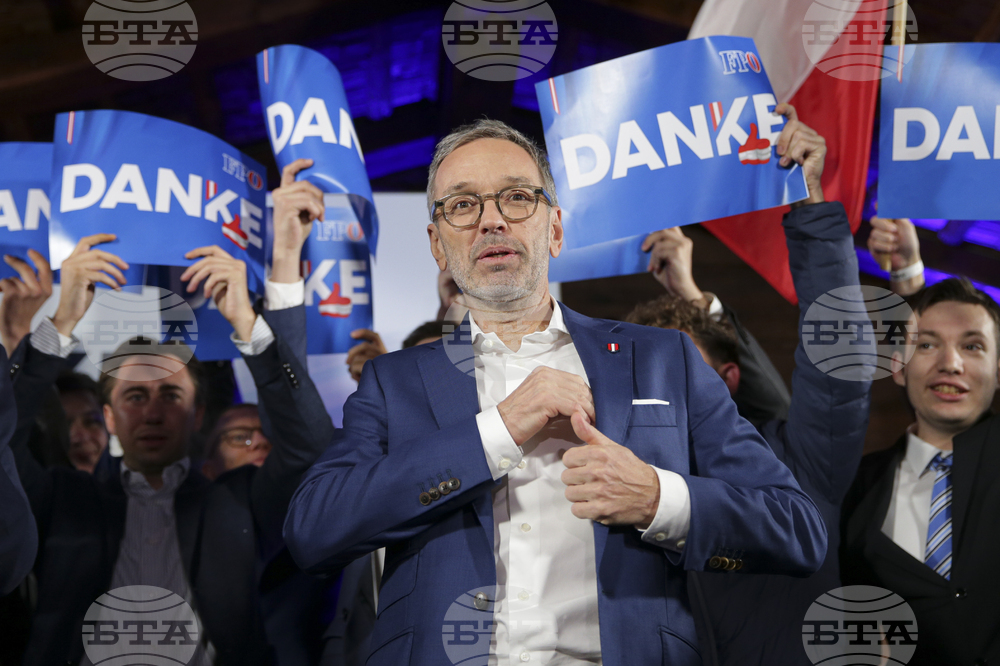site.btaUrban-Rural Divide Deepens in Austria's September 2024 Parliamentary Elections


An analysis of the results of the Austrian parliamentary elections on September 29, 2024, was published in that country on Tuesday. The analysis, based on data from the Austrian Press Agency (APA) and Austrian Radio and Television, highlights stark differences between election outcomes in major cities and rural areas. It also uncovers correlations between average income, unemployment rates, and voting patterns at the municipal level.
Traditionally, rural areas have supported the Austrian People's Party (ÖVP) and the Freedom Party of Austria (FPÖ), while urban voters lean toward the Social Democratic Party of Austria (SPÖ), the Greens, and NEOS. This pattern persisted, but the 2024 election results reveal some shifts. FPÖ made gains in rural areas, largely at the expense of ÖVP. In cities, SPÖ strengthened its position despite the Greens experiencing significant losses.
The analysis also reveals a geographic divide, with FPÖ and ÖVP performing better in the southern and western parts of the country, particularly in Carinthia and Styria. In contrast, SPÖ's strength in the north and east is largely due to its success in Vienna, where it secured its best results.
Income levels and unemployment rates also played a role in shaping the election results. Municipalities with lower average incomes saw stronger performances from ÖVP and FPÖ, while SPÖ, the Greens, and NEOS did better in wealthier areas. Higher unemployment rates benefited both FPÖ and SPÖ, with the Social Democrats performing particularly well in municipalities with high unemployment.
A unique aspect of the analysis explored the relationship between vaccination rates and election outcomes. FPÖ was notably stronger in regions with low vaccination rates, both in cities and rural areas. SPÖ, the Greens, and NEOS showed slight advantages in areas with higher vaccination rates, but the differences were less pronounced than for FPÖ. No significant differences were found for ÖVP in relation to vaccination rates.
/DS/
news.modal.header
news.modal.text